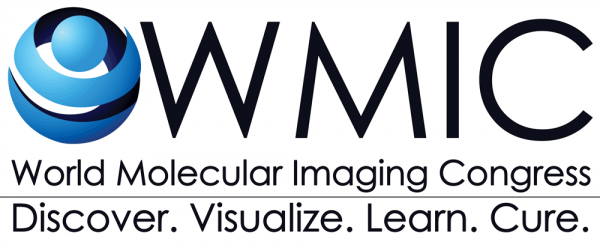Differentially and non-invasively characterizing brain lesions by use of multimodal MRI, MRS and fibered confocal fluorescence microscopy in a mouse models of cerebral cryptococcosis
Grettje Vande Velde, KU Leuven
Cryptococcus neoformans and C. gattii are encapsulated yeasts that cause life-threatening infections, mainly affecting immune-compromised individuals. The main route of infection is by inhalation, but Cryptococcus can subsequently spread from the lung to the brain. The exact mechanism of how and why these pathogens manage to breach through the blood-brain-barrier to disseminate into the CNS is still largely unknown. Thereby, they may cause brain lesions that are often difficult to distinguish from other pathologies like cystic brain tumors. We aimed at longitudinal follow-up and characterization of cerebral cryptococcomas in mice and the identification of biomarkers to enable early differential diagnosis.
Cryptococcus strains (C. neoformans H99, 1841D and C. gattii R265, GFP+) were stereotactically injected into the right striatum of female BALB/c mice. Mice were scanned 1-3 times a week during a period of 2-4 weeks using a 9.4 T MRI scanner (Bruker Biospin). We have acquired anatomical (T2-weighted), diffusion and perfusion MRI as well as single-voxel 1H MR spectra of the lesions. Intravital microscopy using fibered confocal fluorescence microscopy (FCFM) was performed to visualize the lesions at a cellular level. Afterwards, the brains were isolated for validation with histology and fungal load quantification.
Disease progression, associated with an increase in lesion size, could be monitored longitudinally with MRI. MRI parameters of cryptococcomas were similar to those found in glioblastoma models (1) with marginally larger ADC values (Fig.1) and reduced perfusion. 1H MR spectra of the lesion area showed a characteristic trehalose signal (1), indicating the lesions can be classified as cryptococcomas. This was confirmed by the visualization of individual cryptococci within the lesion by FCFM. MRS was therefore able to identify marker metabolites that not only enabled to distinguish the abscesses from glioblastoma, but are specific to the lesion-causing pathogen. For the first time, this study presents a method for non-invasive follow-up and characterization of cerebral cryptococcomas in a mouse model. The combination of these techniques has the potential to assist in non-invasive differential diagnosis and could contribute to the unraveling of the pathogenesis of infectious diseases.
1. Himmelreich et al. Radiology 2001; 220:122–8 2.
